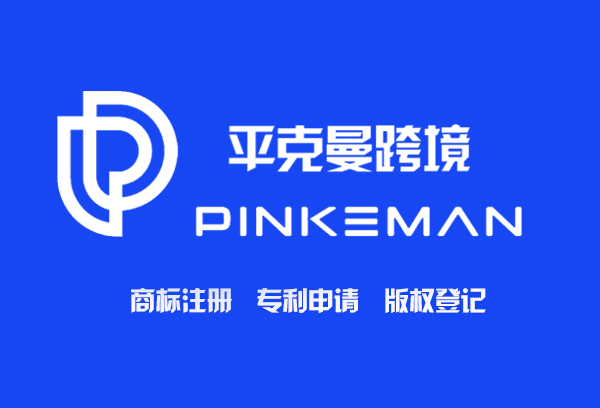1. What is a trademark?
\u0026 nbsp;
Trademark logo products and services to distinguish them in the market. The name and text elements are not the only part of the distinguishing trademark; the image elements such as the logo, design, image, color, and sound also create a protection identity that can be protected by trademark registration.
\u0026 nbsp;
Through registration, the owner (individual or company) became the owner of the trademark. Register for specific countries/regions, specific products or services, and specific deadlines. During the effective period of registration, only the owner can use the trademark in the market where the trademark registration.
\u0026 nbsp;
Some symbols that need to be considered:
\u0026 nbsp; ]
 In some countries/regions of SM, this symbol indicates that the service trademark has been submitted in the trademark office and is still being registered.
In some countries/regions of SM, this symbol indicates that the service trademark has been submitted in the trademark office and is still being registered. \u0026 nbsp;
What is the difference?
\u0026 nbsp;
You can identify the registered trademark through the circle-r behind the trademark name or graphic image. Various printing symbols display copyright and patent. Whether the existence and whether the symbols will not change the effectiveness of registration, but the best way is to use the circle -R or circle -C to indicate copyright every time you mention your intellectual property rights in the print. These symbols provide legal basis for compensation for compensation in trademark lawsuits. Here are some typical labels you can use in web pages, written content, and even marketing letters.
\u0026 nbsp;
TM: The TM logo shows the brand name of unregistered trademarks classified as products (1 to 34). The owner uses this logo to mark them as their brand logo. Patent application: Patent Pending said you submitted a patent application, but you cannot guarantee the application for approval. \u0026 nbsp;
3. What is the difference between trademark
, patent and copyright? There are many ways to make requirements for your work. Trademarks, patents and copyrights provide protection for intellectual property. Trademarks can help people find your products and services. When it is recognized as a registered trademark, it protects you the right to use images, logo, phrases or text in the market to distinguish your products or services.
\u0026 nbsp; Patent protection ideas and inventions. It gives the creator or inventor exclusive right to prevent others from making, using or from invention or creative innovation without the consent of the inventor.
\u0026 nbsp; You cannot apply for a patent for an idea, because we all have it. You must specify your concept into tangible inventions, innovative products, equipment or processes, thereby providing new solutions for problems to ensure patent obtaining patents.
\u0026 nbsp; Copyright protection of creative works that have been published, performed or printing. People who create art or music works seek to protect their \u0026 ldquo; rights \u0026 rdquo; to prevent others from copying \u0026 rdquo; what they do. Copyright protects any original works of the author, including: \u0026 nbsp;
a) artwork (2 or 3 dimensions) ; ; ]
B) Photos, drawing and design and other forms of creativity;
c) Various songs, music and recording;
] D) Books, manuscripts, publications and other written works;
E) drama, movie, performance and other performance art.
\u0026 nbsp;
Trademark bureaus around the world divide commercial products and services into defined categories. When you apply for a trademark to protect your brand, you must define the category you think you can best describe your business activities. \u0026 nbsp;
\u0026 nbsp; There are 45 categories. \u0026 ldquo; Nice International Classification \u0026 RDQUO; standardized international use.
\u0026 nbsp;  CHINESE
CHINESE ENGLISH
ENGLISH





